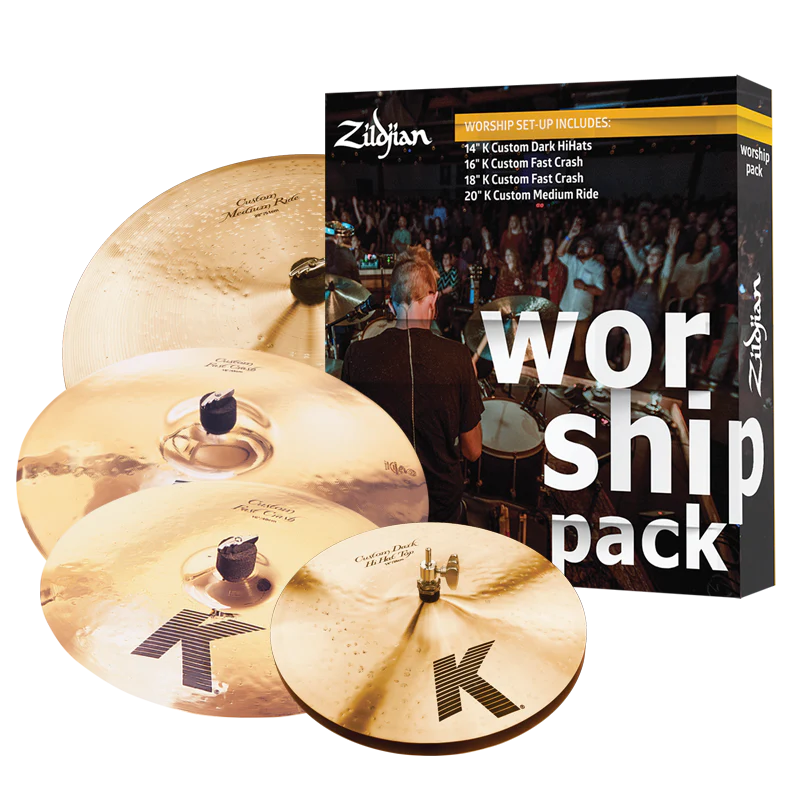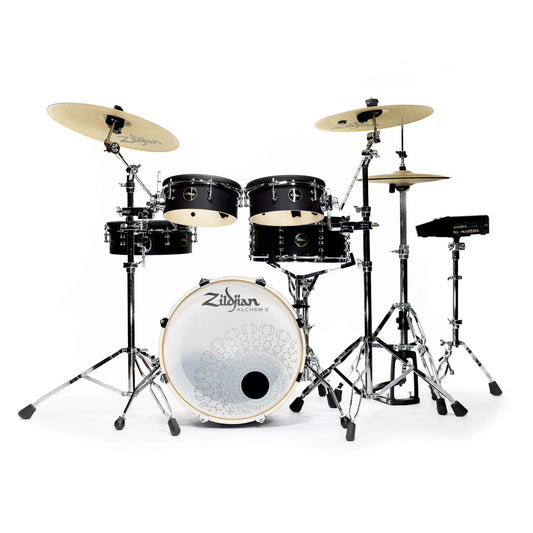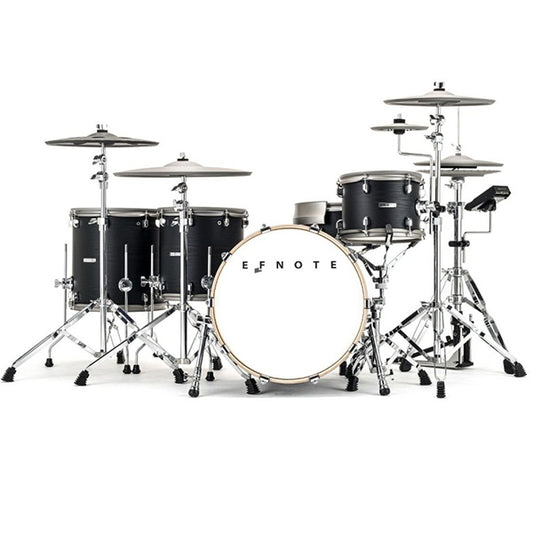-
Pearl RS525SC/C (33) Roadshow 5Pcs Drum Set With Hardware & Cymbals - Pure White
Vendor:PearlRegular price Rs. 53,000.00Regular priceUnit price perRs. 59,000.00Sale price Rs. 53,000.00Sold out -
Aerodrums A quiet and portable drumming solution
Vendor:AerodrumsRegular price Rs. 24,505.00Regular priceUnit price per -
DW DWCP9002XF 9000 Series Double Bass Drum Pedal with Extended Footboard
Vendor:DW DrumsRegular price Rs. 97,000.00Regular priceUnit price perRs. 98,945.00Sale price Rs. 97,000.00Sale -
Zildjian K0801C K Series Country Cymbal Pack
Vendor:ZildjianRegular price Rs. 125,200.00Regular priceUnit price perRs. 152,807.00Sale price Rs. 125,200.00Sold out -
Zildjian Gold Series ALCHEM-E GOLD EX Electronic Drum Kit
Vendor:ZildjianRegular price Rs. 779,470.00Regular priceUnit price per -
Zildjian Gold Series ALCHEM-E Gold Electronic Drum Kit
Vendor:ZildjianRegular price Rs. 659,870.00Regular priceUnit price per -
Zildjian ALCHEM-E Bronze EX Electronic Drum Kit
Vendor:ZildjianRegular price Rs. 480,470.00Regular priceUnit price per -
EFNOTE PRO 503 Power Set
Vendor:EFNOTERegular price Rs. 615,085.00Regular priceUnit price per -
EFNOTE PRO 502 Modern Set
Vendor:EFNOTERegular price Rs. 574,595.00Regular priceUnit price per -
EFNOTE PRO 501 Traditional Set
Vendor:EFNOTERegular price Rs. 459,605.00Regular priceUnit price per -
EFNOTE PRO 500 Standard Set (w/ Hardware Set)
Vendor:EFNOTERegular price Rs. 476,615.00Regular priceUnit price per -
EFNOTE PRO 500 Series Standard Set
Vendor:EFNOTERegular price Rs. 456,580.00Regular priceUnit price per -
EFNOTE Mini - The Cutest EFNOTE
Vendor:EFNOTERegular price Rs. 241,000.00Regular priceUnit price per -
EFNOTE 7X Electronic Drum Set - Black Oak / Hardware Set & Artesia Accessory Pack & HiHat Stand
Vendor:EFNOTERegular price Rs. 531,400.00Regular priceUnit price per -
EFNOTE 7X Electronic Drum Set - Black Oak / Hardware Set
Vendor:EFNOTERegular price Rs. 513,535.00Regular priceUnit price per -
EFNOTE 7X Electronic Drum Set - Black Oak
Vendor:EFNOTERegular price Rs. 477,360.00Regular priceUnit price per -
EFNOTE 7 Electronic Drum Set - White Sparkle
Vendor:EFNOTERegular price Rs. 373,668.00Regular priceUnit price per -
EFNOTE 5X Electronic Drum Set - Black Oak / Hardware Set & Artesia Accessory Pack & HiHat Stand
Vendor:EFNOTERegular price Rs. 436,560.00Regular priceUnit price per -
EFNOTE 5X Electronic Drum Set - Black Oak / Hardware Set
Vendor:EFNOTERegular price Rs. 417,811.00Regular priceUnit price per -
EFNOTE 5X Electronic Drum Set - Black Oak
Vendor:EFNOTERegular price Rs. 387,521.00Regular priceUnit price per -
EFNOTE 5 Electronic Drum Set - White Sparkle
Vendor:EFNOTERegular price Rs. 286,645.00Regular priceUnit price per -
EFNOTE 3X Electronic Drum Set / With Kit A + C
Vendor:EFNOTERegular price Rs. 298,571.00Regular priceUnit price per -
EFNOTE 3 Electronic Drum Set - White Sparkle / With Kit A
Vendor:EFNOTERegular price Rs. 227,805.00Regular priceUnit price per -
EFNOTE 3 Electronic Drum Set - White Sparkle
Vendor:EFNOTERegular price Rs. 216,130.00Regular priceUnit price per

FOCAL PRO
DISCOVER THE PROFESSIONAL AUDIO FOCAL PRODUCTS
This is the Focal Professional philosophy. These professional monitors are conveived right from the first stages of R&D to reporduce the sound signal without distorsion.

ZILDJIAN CYMBALS
Blending old world concepts and new world techniques,Zildjianhas evolved with both music and technology, continuing to innovate the process of cymbal...



















































